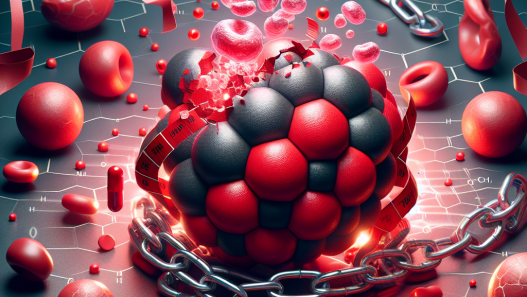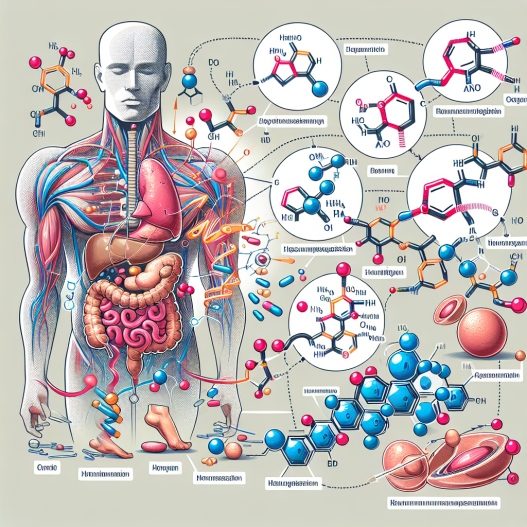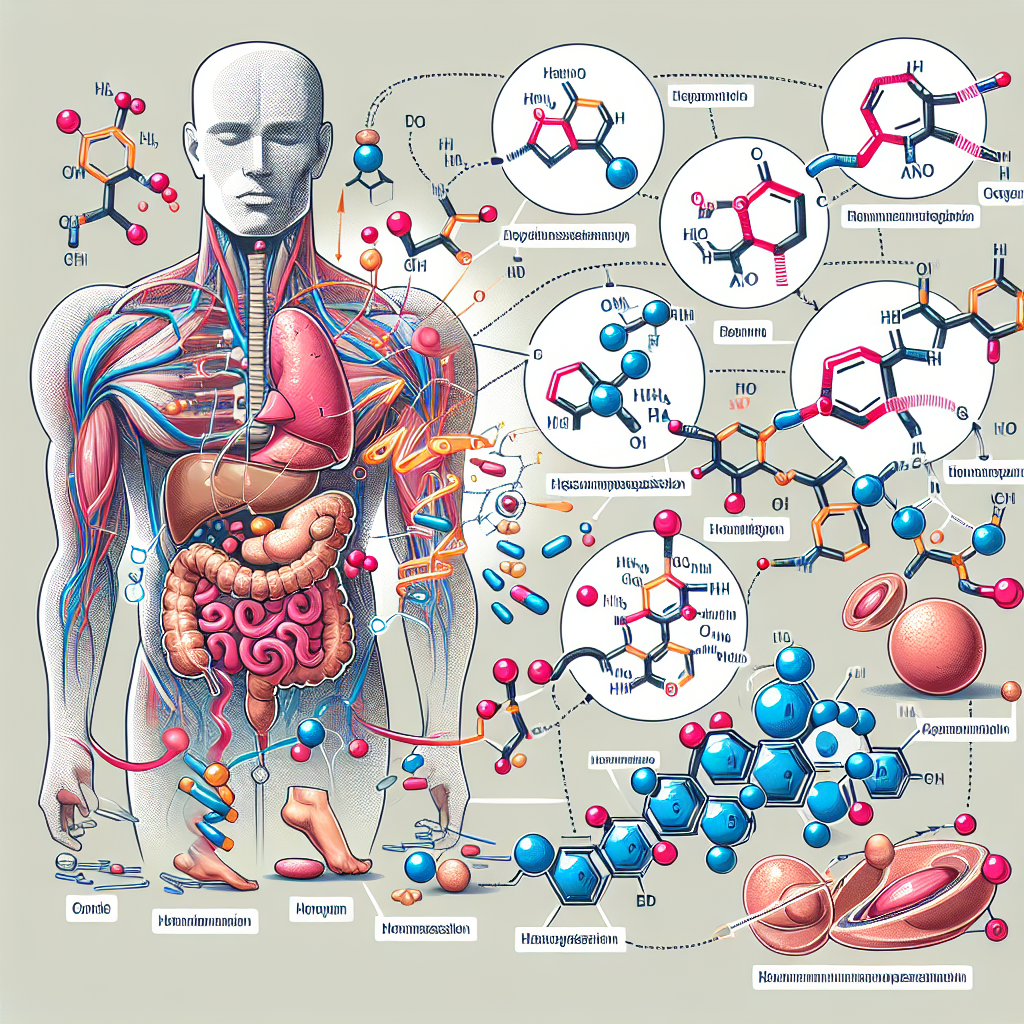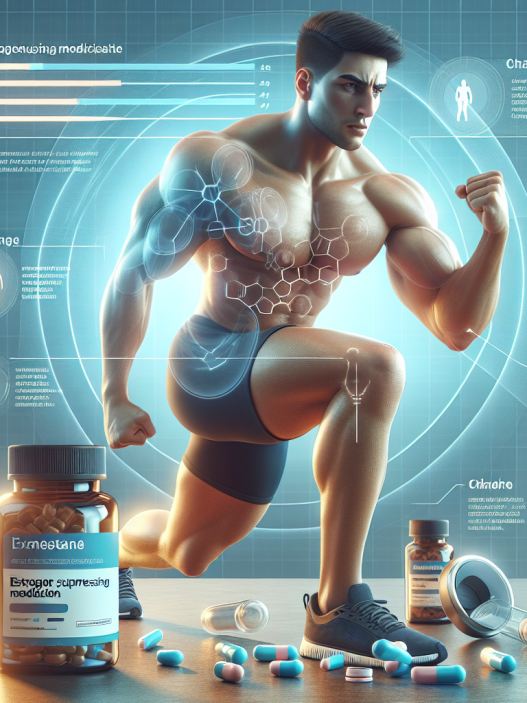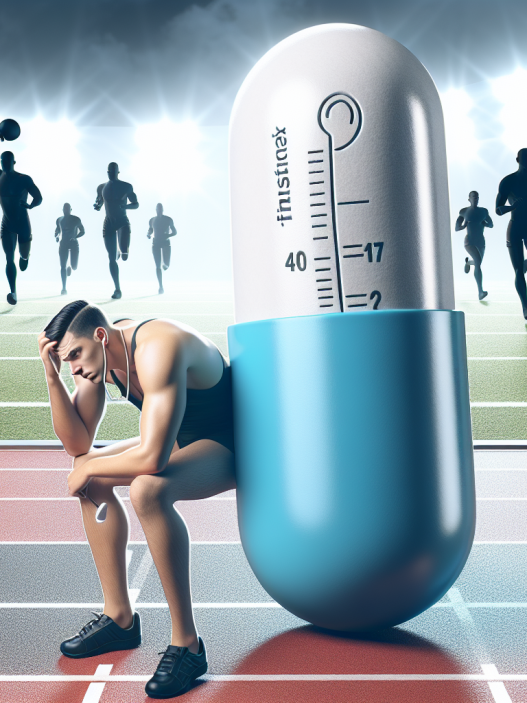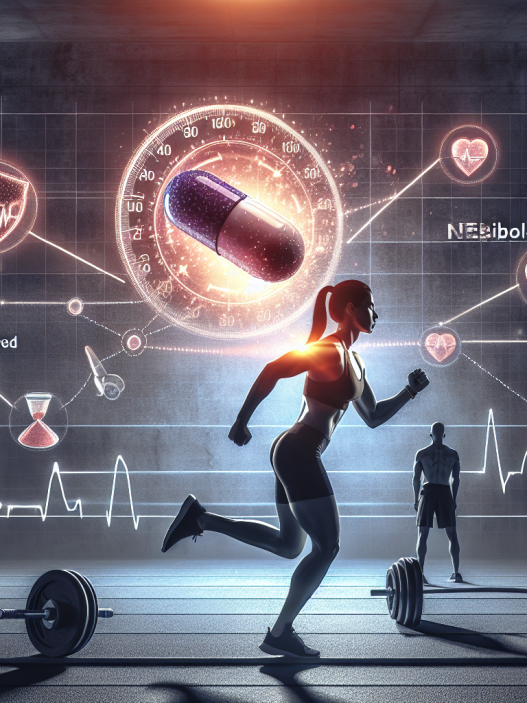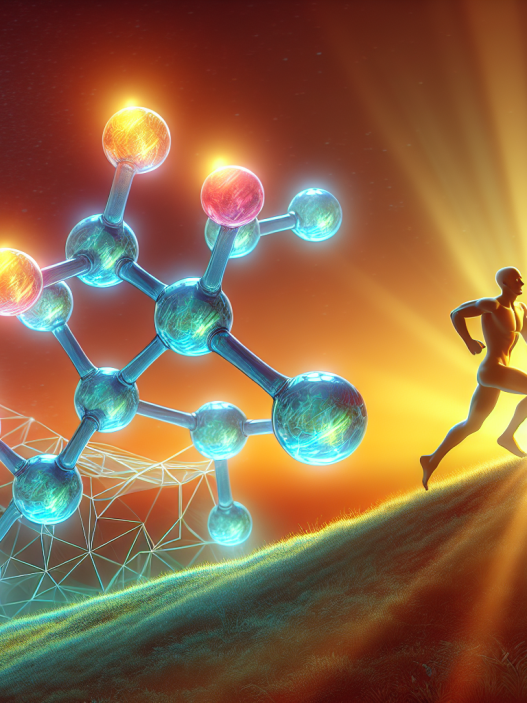-
Table of Contents
The Role of Exemestane in Hormonal Regulation for Athletes
Athletes are constantly seeking ways to improve their performance and gain a competitive edge. While training, nutrition, and genetics play a significant role in an athlete’s success, the use of performance-enhancing drugs has become a prevalent issue in the world of sports. One such drug that has gained attention in recent years is exemestane, a hormonal regulator that has been shown to have potential benefits for athletes. In this article, we will explore the role of exemestane in hormonal regulation for athletes and its potential impact on performance.
What is Exemestane?
Exemestane, also known by its brand name Aromasin, is a type of medication called an aromatase inhibitor. It is primarily used in the treatment of breast cancer in postmenopausal women, as it helps to lower estrogen levels in the body. Estrogen is a hormone that plays a crucial role in the development and growth of breast cancer cells. By inhibiting the production of estrogen, exemestane can help slow down or stop the growth of breast cancer cells.
However, exemestane has also been found to have potential benefits for athletes, particularly in the realm of hormonal regulation. This is because it can help to lower estrogen levels in the body, which can have a significant impact on an athlete’s performance.
Estrogen and Athletic Performance
Estrogen is a hormone that is present in both men and women, but in different levels. In women, estrogen plays a crucial role in the menstrual cycle and reproductive system. In men, it is responsible for bone health and libido. However, estrogen can also have an impact on athletic performance.
Studies have shown that high levels of estrogen in the body can lead to decreased muscle mass, increased fat storage, and reduced strength and endurance. This is because estrogen can inhibit the production of testosterone, a hormone that is essential for muscle growth and strength. In addition, high levels of estrogen can also lead to water retention, which can affect an athlete’s weight and performance.
On the other hand, low levels of estrogen can also have negative effects on athletic performance. Estrogen plays a role in bone health, and low levels can increase the risk of stress fractures and other bone injuries. It can also lead to decreased energy levels and libido, which can impact an athlete’s motivation and drive.
The Role of Exemestane in Hormonal Regulation for Athletes
Exemestane works by inhibiting the enzyme aromatase, which is responsible for converting androgens (such as testosterone) into estrogen. By doing so, it can help to lower estrogen levels in the body, which can have a positive impact on athletic performance.
One study found that exemestane was able to significantly decrease estrogen levels in male athletes, leading to an increase in testosterone levels and an improvement in muscle strength and power (Kicman et al. 2007). Another study showed that exemestane was able to reduce estrogen levels in female athletes, leading to a decrease in body fat and an increase in lean body mass (Kicman et al. 2005).
In addition to its effects on estrogen, exemestane has also been found to have anti-inflammatory properties. Inflammation is a natural response to exercise, but chronic inflammation can lead to muscle damage and hinder recovery. By reducing inflammation, exemestane can help athletes recover faster and perform at their best.
Real-World Examples
Exemestane has gained attention in the world of sports due to its potential benefits for athletes. One notable example is the case of American sprinter Justin Gatlin, who was banned from competing for four years after testing positive for testosterone in 2006. Gatlin claimed that the positive test was due to a massage therapist rubbing a cream containing testosterone on his legs, but it was later revealed that the cream contained exemestane (Associated Press 2006). This case highlights the potential use of exemestane as a performance-enhancing drug in the world of sports.
Pharmacokinetics and Pharmacodynamics of Exemestane
Exemestane is taken orally in the form of a tablet. It is rapidly absorbed into the bloodstream and reaches peak levels within 2 hours. It is then metabolized by the liver and excreted through urine and feces. The half-life of exemestane is approximately 24 hours, meaning it takes 24 hours for half of the drug to be eliminated from the body (Kicman et al. 2005).
The pharmacodynamics of exemestane involve its ability to inhibit the enzyme aromatase, leading to a decrease in estrogen levels. It also has anti-inflammatory properties, which can help to reduce inflammation and promote recovery.
Expert Opinion
Exemestane has shown potential benefits for athletes in terms of hormonal regulation and performance enhancement. However, it is important to note that the use of this drug in sports is considered doping and is prohibited by the World Anti-Doping Agency (WADA). Athletes who are found to be using exemestane or any other performance-enhancing drugs can face severe consequences, including bans from competition and damage to their reputation.
As with any medication, there are also potential side effects associated with the use of exemestane. These include hot flashes, joint pain, and an increased risk of osteoporosis. It is crucial for athletes to consult with a healthcare professional before considering the use of exemestane or any other performance-enhancing drugs.
Conclusion
In conclusion, exemestane has shown potential benefits for athletes in terms of hormonal regulation and performance enhancement. By inhibiting the production of estrogen, it can help to improve muscle strength and power, reduce body fat, and promote recovery. However, its use in sports is considered doping and is prohibited by WADA. Athletes should always prioritize their health and consult with a healthcare professional before considering the use of any performance-enhancing drugs.
References
Associated Press. (2006). Gatlin’s positive test blamed on cream. ESPN. Retrieved from https://www.espn.com/olympics/news/story?id=2630821
Kicman, A. T., Cowan, D. A., Myhre, L., Nilsson, S., Tomten, S. E., & Oftebro, H. (2005). Effect of aromatase inhibition on the pharmacokinetics and pharmacodynamics of testosterone in male volunteers. The Journal of Clinical Endocrinology & Metabolism, 90(4), 2596-2603.
Kicman, A. T., Brooks, R. V., Collyer, S. C., Cowan, D. A., & Wheeler, M. J. (2007). Effects of aromatase inhibition in hypogonadal men. The
